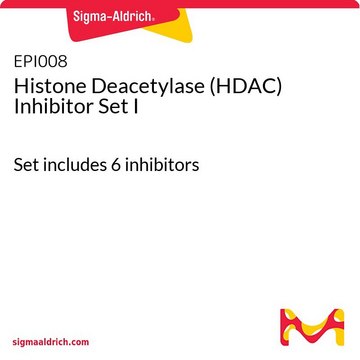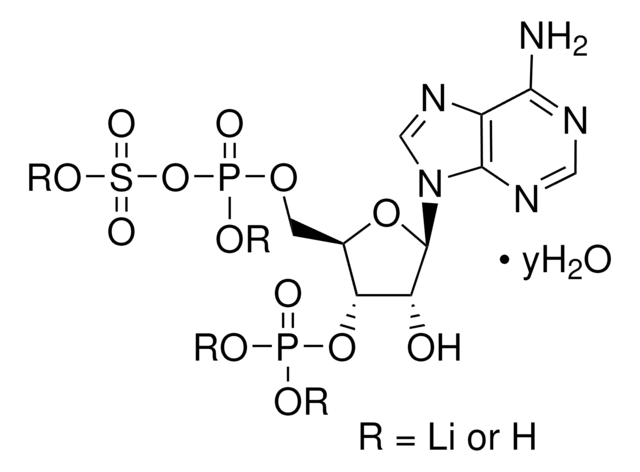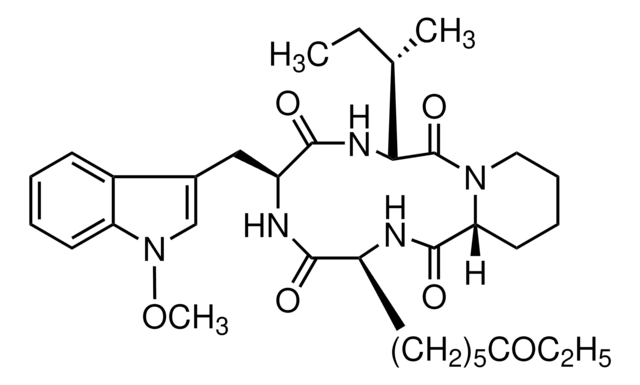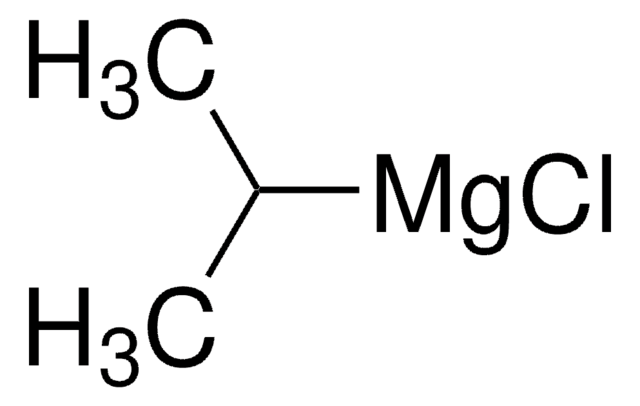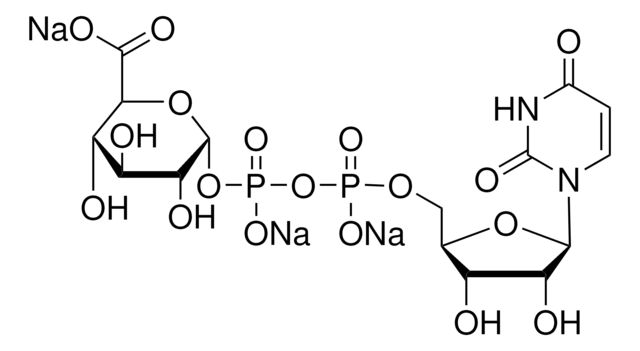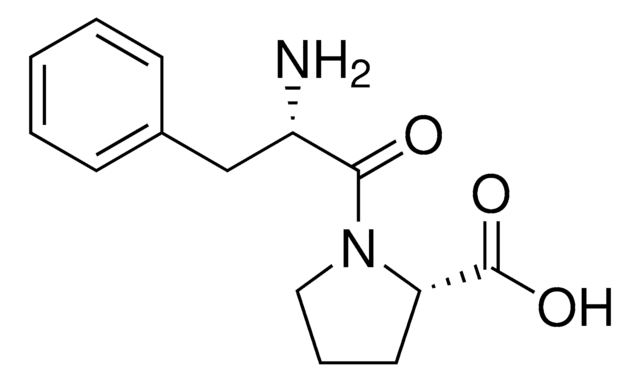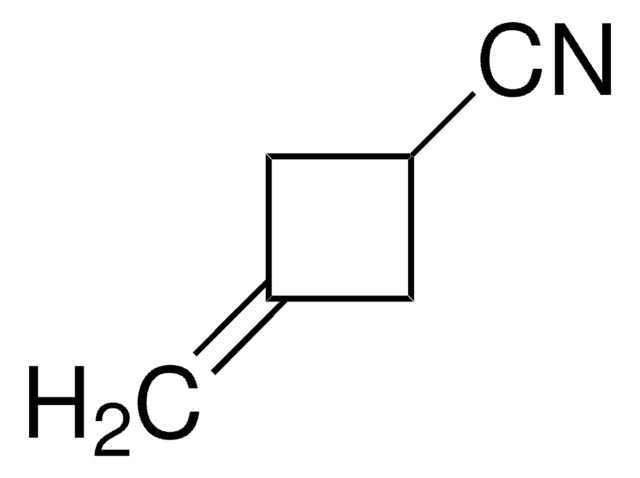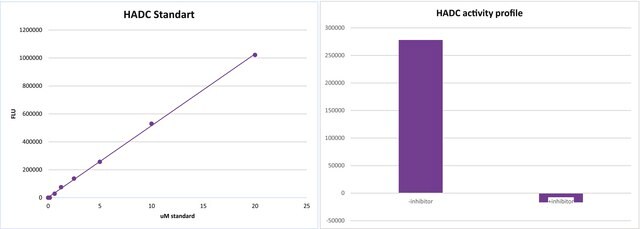T2580
Trapoxin A
≥98% (HPLC), from Helicoma ambiens
Synonym(s):
Cyclo((S)-phenylalanyl-(S)-phenylalanyl-(R)-pipecolinyl-(2S,9S)-2-amino-8-oxo-9,10-epoxydecanoyl), RF 1023A
About This Item
Recommended Products
biological source
Helicoma ambiens
Quality Level
Assay
≥98% (HPLC)
form
solid
solubility
DMSO: soluble 0.9-1.10 mg/ml, clear, colorless to faintly yellow (may be further diluted 20 fold in H2O)
chloroform: soluble
methanol: soluble
shipped in
dry ice
storage temp.
−20°C
InChI
1S/C34H42N4O6/c39-29(30-22-44-30)18-9-3-8-16-25-31(40)36-26(20-23-12-4-1-5-13-23)32(41)37-27(21-24-14-6-2-7-15-24)34(43)38-19-11-10-17-28(38)33(42)35-25/h1-2,4-7,12-15,25-28,30H,3,8-11,16-22H2,(H,35,42)(H,36,40)(H,37,41)/t25-,26-,27-,28+,30-/m0/s1
InChI key
GXVXXETYXSPSOA-UFEOFEBPSA-N
Application
- to study its effects on the inhibition of histone deacetylase 11 (HDAC11)
- to study its effects on the inhibition of HDAC3 in human cell lines
- to study its effects on the inhibition of HDAC6 in rat pyramidal neurons
Biochem/physiol Actions
Features and Benefits
Preparation Note
related product
Signal Word
Danger
Hazard Statements
Precautionary Statements
Hazard Classifications
Acute Tox. 3 Oral
Storage Class Code
6.1C - Combustible acute toxic Cat.3 / toxic compounds or compounds which causing chronic effects
WGK
WGK 3
Flash Point(F)
Not applicable
Flash Point(C)
Not applicable
Choose from one of the most recent versions:
Certificates of Analysis (COA)
Don't see the Right Version?
If you require a particular version, you can look up a specific certificate by the Lot or Batch number.
Already Own This Product?
Find documentation for the products that you have recently purchased in the Document Library.
Articles
Epigenetic modifications are thought to occur through two key interconnected processes—DNA methylation and the covalent modification of histones.
Our team of scientists has experience in all areas of research including Life Science, Material Science, Chemical Synthesis, Chromatography, Analytical and many others.
Contact Technical Service